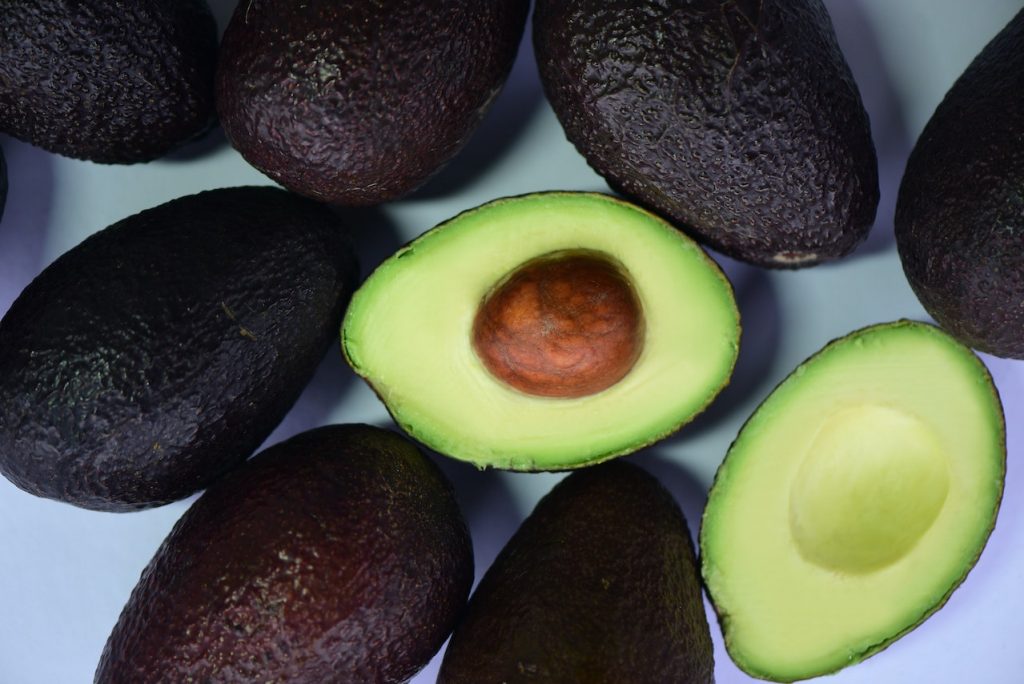
Navigating the Keto Flu: Your Guide to a Smooth Transition
Hey there, health-conscious readers! If you’ve recently embarked on a Keto Diet journey, you might have come across the term “keto flu.” Don’t worry—it’s not a real flu! But it’s essential to understand what it is and how to navigate it as you transition to a ketogenic diet. Let’s dive in and learn how to breeze through this phase for a successful keto experience.
Understanding the Keto Flu: What’s Happening?
Picture this: you’re all excited to kickstart your keto diet, but suddenly you’re hit with feelings of fatigue, headache, nausea, and even irritability. And the irritability is a REAL thing! Even the sweetest little old lady at the checkout counter could get you riled up.
Don’t panic! These symptoms are collectively known as the “keto flu,” and they often occur during the first few days or weeks of transitioning to a low-carb, high-fat diet.

Why Does it Happen?
As you shift from a carb-heavy diet to a keto one, your body undergoes some significant changes. During the first few days, your body’s glycogen stores—sugar stored in your muscles and liver—are depleted. This leads to a decrease in water retention, which can cause feelings of fatigue, headache, and general discomfort. Additionally, your body is adapting to burning fat for fuel instead of carbohydrates, which can take some time.

Tips to Navigate the Keto Flu With Ease:
Stay Hydrated: Drink plenty of water to help alleviate symptoms like headaches and fatigue. Adding a pinch of salt to your water can also help maintain electrolyte balance.

Electrolytes are Key: Due to the increased water loss, your body might lose essential electrolytes like sodium, potassium, and magnesium. Include keto-friendly foods rich in these electrolytes, such as avocados, leafy greens, and nuts. Electrolyte supplements are also great options on the go.
Ease Into It: While some dive in full boar. Consider gradually reducing your carbohydrate intake over a few days rather than going cold turkey. While it will take longer to get into ketosis, this can help your body adjust more smoothly.
Incorporate Healthy Fats: Go for the Guac!!!! Focus on consuming quality fats like avocados, coconut oil, olive oil, and nuts. These fats provide sustained energy and support your transition to ketosis.

Choose Nutrient-Rich Foods: Opt for nutrient-dense foods that provide vitamins and minerals your body needs. Incorporate non-starchy vegetables, lean proteins, and healthy fats into your meals.
Rest and Self-Care: Your body is going through changes, so listen to it! Prioritize rest, sleep, and relaxation to help your body adapt more comfortably. Avoid overexerting yourself if possible. While exercise is essential, consider dialing down the intensity during the initial days of the keto transition. Your body might need a bit more time to adjust.
Consult a Professional: If symptoms persist or worsen, don’t hesitate to reach out to a healthcare provider or registered dietitian. They can provide personalized advice and guidance.

Remember, the keto flu is temporary, and it’s a sign that your body is adjusting to a healthier way of eating. Patience is key during this phase. With the right approach, you can navigate the keto flu smoothly and set yourself up for a successful and enjoyable keto journey ahead.
So, embrace the change, stay hydrated, and treat your body with care as you embark on this exciting path toward improved health and vitality. You’ve got this!
*some of the links included in my posts may be affiliate links.








